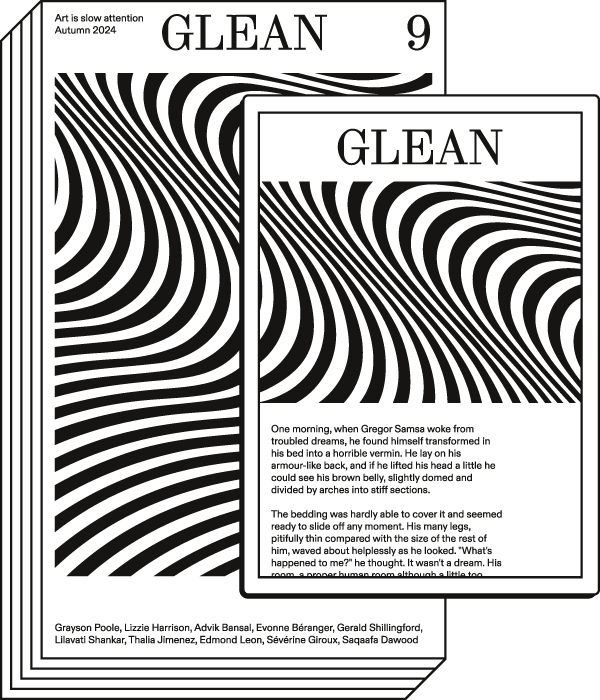Between Fact and Fiction: ‘I loved Marcel Dushit’

Barbara Visser
What if, contrary to mainstream art history, Marcel Duchamp wasn’t the real author of Fountain — the infamous urinal that has become a textbook example of the readymade? In a new 5-channel video work and exhibition, Barbara Visser unearths this art-historical ‘whodunnit’ by focussing on the legacy of its other protagonist, Baroness Elsa von Freytag-Loringhoven, reminding us of the stakes of authorship, myth and art-world misogyny.
Barbara Visser (Haarlem, 1966) is a Dutch artist whose oeuvre includes, but is not limited to photography, video, performance and feature-length documentaries on a variety of topics. The most recent of these is the documentary Alreadymade (2023), a film that explores the hypothesis that Baroness Elsa von Freytag-Loringhoven (aka Baroness Dada) was the true author of Fountain (1917), the infamous pedestal-mounted urinal cited as the first significant readymade in art and widely and persistent (…)
